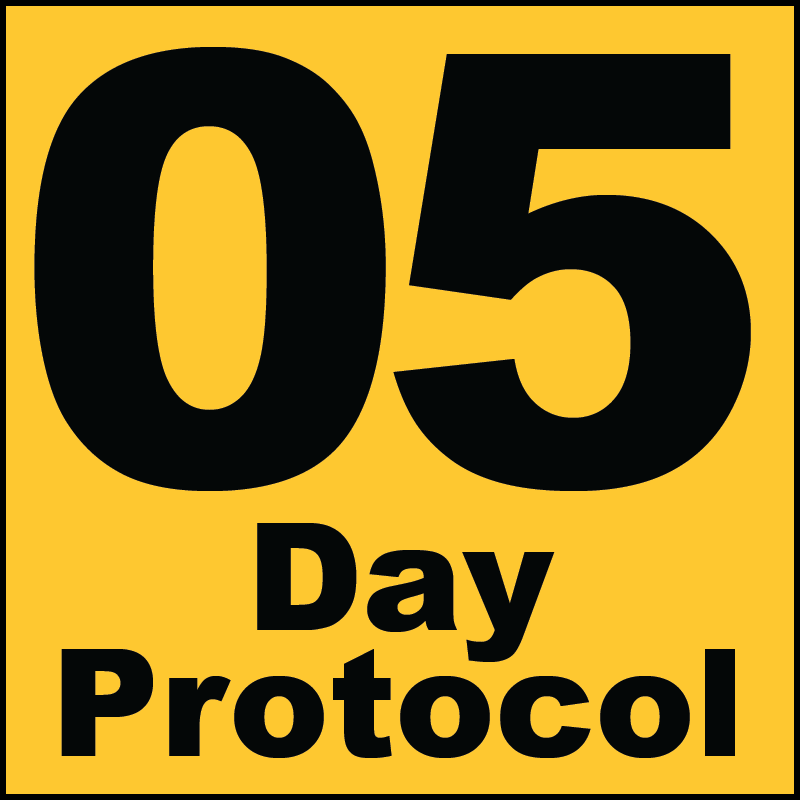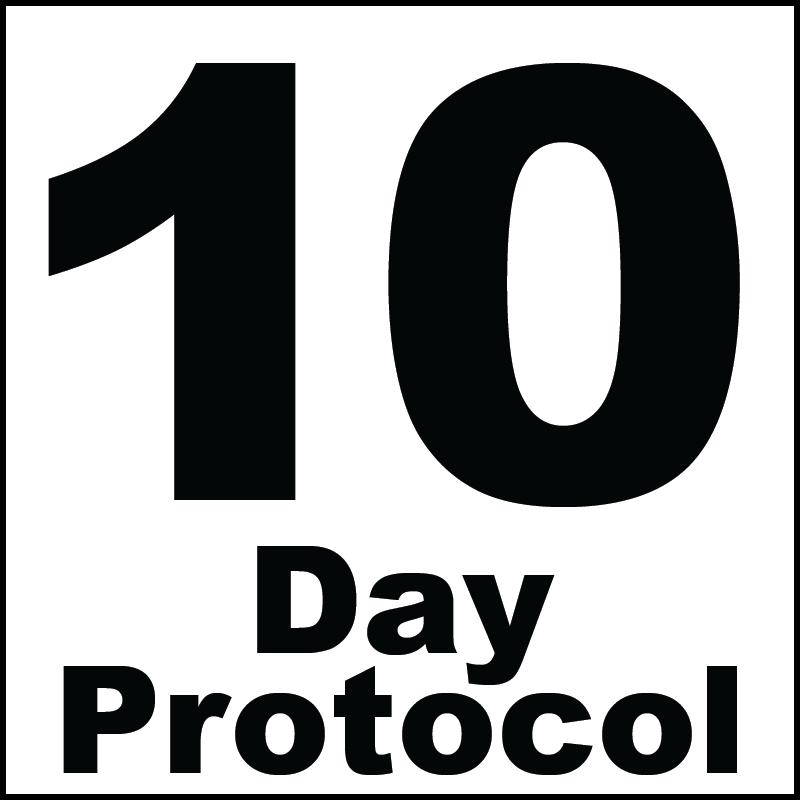NeoPsych
Accelerated TMS
How Quickly Would You Like to Feel Better?
Want To Learn More? Keep Scrolling Or Click To Book A Call With A Representative
Accelerated TMS
What is Accelerated TMS?
Accelerated TMS refers to a TMS protocol that is completed significantly faster than the standard protocol, usually within 5 days. The decreased time commitment is a more viable option for people living a busy lifestyle. The accelerated TMS protocol typically consists of ten 3-10 min sessions per day for 5 consecutive days, with a 45-60 min break in between each session. By the end of the week there are 50 sessions completed. The day starts in the morning and ends in the late afternoon or evening. NeoPsych also offers entertainment options during that time that can be viewed here.
Standard TMS vs. Accelerated TMS
Transcranial magnetic stimulation offers many benefits to people suffering from mental illness. A major barrier to receiving TMS therapy is being able to attend regular appointments. The standard protocol requires one treatment per day, Monday-Friday, 36 times. This usually requires a 6-7 week commitment that interferes with work and travel schedules. Accelerated TMS may be the answer to this problem.
Still not sure what you’d like? Scroll down for more information about Accelerated TMS or click the button below to speak with a representative.
M-SAINT TMS (fcMRI) vs. SAINT TMS
The differences between fcMRI and SAINT protocol are that SAINT uses a specific machine and specific algorithm to locate the sgACC connectivity. Please watch the video below for more detail.
The benefit of TMS is that you only need to stimulate the very surface of the brain in order to send signals into the deeper areas that control depression and anxiety. Functional connectivity is able to maximize the location to which these signals are sent.
For the purposes of TMS, the goal is to identify the target area most connected to the subgenual anterior cingulate cortex (sgACC). Studies have shown that the sgACC is dysregulated in patients suffering from depression. TMS seeks to correct this dysregulation. Without post-processing an fMRI, it is impossible to identify the location on the brain that maximizes access to the sgACC. Once discovered, your TMS provider will determine how to adjust the activity of the sgACC for the purposes of treatment.
Of note, there is an anti-correlation between DLPFC and sgACC. (reference) i.e. For depression, there is typically less activity in the DLPFC (dorsolateral prefrontal cortex) and too much activity in the sgACC. The goal of the post processing is to locate where this anti-correlation is most active.
Functional MRI vs. Functional Connectivity MRI
Functional MRIs are able to detect the movement of blood throughout the body. It can do this because the oxygen carried via blood has a magnetic field that changes as it is being used. If there is a change in magnetic field, an MRI can take a picture of it. The more the brain is working/functioning, the more oxygen molecules that can be detected by the MRI. Thus, we are able to see the most functional areas of the brain. (reference). Please see the YouTube video below to view how this process works.
For the purposes of TMS, we can use fMRIs to locate the most functional areas of the brain for treating conditions like Depression, Anxiety, and OCD. Unfortunately, a functional MRI is just another MRI unless it is analyzed by a professional to see how and where the most functional areas are connected to other areas of the brain. The analysis results in a functional connectivity MRI, which is very important for customizing TMS treatment.

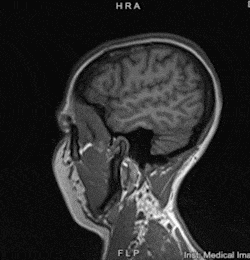
What is an MRI? Do You Need It For Accelerated TMS?
Although you do not need an MRI, NeoPsych does recommend one if you have the option because of how important targeting is with only a few days to complete treatment. Less treatment days offer less time for adjustments
MRI stands for Magnetic Resonance Imaging. This is a method of taking pictures of the internal structures of the body. Unlike an X-ray, which uses external radiation in order to take a picture, MRIs use a very powerful magnet. This technique reduces radiation exposure and also enhances the detail of the obtained images.
The magnet in an MRI is very powerful. The magnet can painlessly change the direction that the particles in your body point (Figure 1 -> Figure 2 below). When the particles in your body return to their initial direction, the MRI machine is able to use the movement to create a picture. (reference) For the purposes of TMS, we can use an individual’s MRI to identify specific target locations on their brain to administer customized treatment.

What if I don't want to get an MRI? There are other options for targeting (Mapping)..
3D Guided TMS
3DG TMS uses the traditional methods of mapping. It does not use an MRI. 3DG is a method of RECREATING the angle and location of the target from session to session. 3DG does this by creating an individualized head model of each patient. This model allows the provider to place the coil in the same location each day, maximizing the consistency between sessions. It also helps providers visualize if the treatment coil moves out of place during treatment. With 3DG there is no need for a cap or measuring the treatment location.
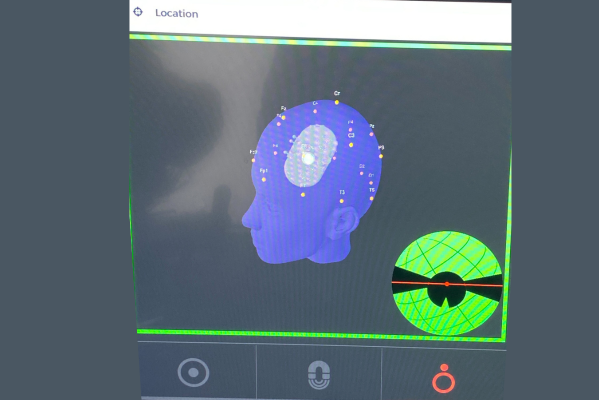
Traditional TMS (Cap/Measurements)
Using a cap and anatomical measurements require traditional methods of mapping and target location selection. Neither of these methods use MRI. These methods are perfectly reasonable and have been a trusted part of TMS since the procedure became available to the public in 2008. There are issues with consistency from session to session and head movement.

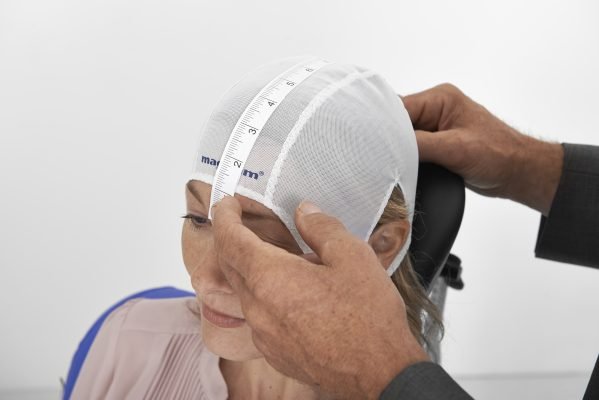
The first TMS session requires a mapping, which entails your provider using landmarks of the brain and head to locate where to administer treatment. How the treatment location is found depends on the doctor and the equipment being used. Here is a link to learn more about mappings. The next TMS sessions consist of the provider placing the treatment coil in the exact same location that was discovered on the first session.
No need for a mapping in your follow up sessions. The coil will be placed at the treatment location that was found on your first session. After each session all you need to do is relax for about 50 mins and then go to your next appointment. Patients usually stay on grounds, with lunch and entertainment provided.
1. Arrive for your appointment.
2. Check in with your provider.
3. Discuss side effects, discuss benefits, and answer questions.
4. Place coil at treatment location and start treatment.
5. Come back the next day and repeat.
- Patients suffering from Major Depression. Standard TMS has been used for a number of conditions, including, but not limited to Major Depression, Anxiety, Tinnitus, OCD, Anxious Depression, Pain, and Insomnia. Accelerated TMS has been utilized primarily for Major Depressive Disorder. There is ongoing evidence being collected about accelerated TMS being appropriate for conditions other than Major Depression
- Patients with a busy schedule. Although plenty of people complete the standard 36 treatments, 7 weeks worth of treatment can be difficult. Accelerated TMS would still require taking at least one week from work, but this may allow for more convenience depending on how daily treatments would impact you schedule.
- People who want to go to a specific provider. Even though TMS is readily available in most places in the United States, a specific provider might be in a different city or state. It is common for people to travel to see a doctor for a specific type of TMS. Hotels, scheduling, and other accommodations can be made before treatment starts.
- People who desire no involvement with insurance. Accelerated TMS is not covered by insurance. This expedites the treatment process, and allows for more efficient coordination between doctor and patient. If you would rather pay out of pocket vs. go through insurance, accelerated TMS would be an option.
Insurance coverage typically requires two different classes of antidepressant, one recent course of talk therapy, and a diagnosis of severe depression. Because accelerated TMS is not covered by insurance, you don’t necessarily need to try multiple antidepressants to be a candidate for treatment.


